
Cherry Blossom Season in Japan
March 31, 2018
January 27, 2018
It might sound tacky, but seeing the temples at Siem Reap has been a dream of mine ever since I first saw a photo of them, which must have been… well, probably about 2 decades ago. The images of the huge tree roots growing over the old stones of the temples fascinated me. Since then, I have seen many more images and talked to friends who had been here. Movies were filmed here (one of the Indiana Jones movies, “Tomb Raider”, possibly also others that I don’t know about).
Still, seeing photos or movies can’t prepare you for the sheer size, beauty, and mystery of the temples. All the temples are located in a forest just outside Siem Reap, some of them surrounded by water. Some of the temples are slowly being overtaken by the forest, huge tree roots hanging over the walls, somehow finding their way to the ground. Most of them really seem to be out of this world, and, if there weren’t the other tourists next to you in almost all temples, you would get the feeling of being in an alternate reality when you walk through the narrow corridors of the temples, wondering what you’re going to find around the next corner.
Angkor Wat, the most important temple in Cambodia, is also the biggest religious building in the world. “Angkor” means city and “Wat” means temple, and indeed Angkor Wat was the center of a sprawling city in its days of glory. It was the capital of the Khmer empire at the time when that empire spread over most of southeast Asia. It was built as a Hindu temple and was later converted to a Buddhist temple, which it remains to this day.
It’s naturally the biggest attraction point for the tourists who come here. All travel guides recommend going to see it at sunrise, and so, one morning at 5 AM, we made our way to the temple, together with a few hundred other tourists, everyone trying to get the best spot for photographing the temple. And then we waited for the sunrise… And waited… And waited. The sky was rather cloudy at sunrise, in different shades of grey, making all our photos less than impressive. But after the sun went up a bit, some of the clouds disappeared, and suddenly the sky was lit in the most amazing colors, making an incredible backdrop for the temple. It’s one of those images that will stay with me for a long time. So, if you’re travelling in the area, do go to see Angkor Wat at sunrise – it’s absolutely worth it. But make sure to stay a bit after the moment of the sunrise, because that’s when the real magic happens.

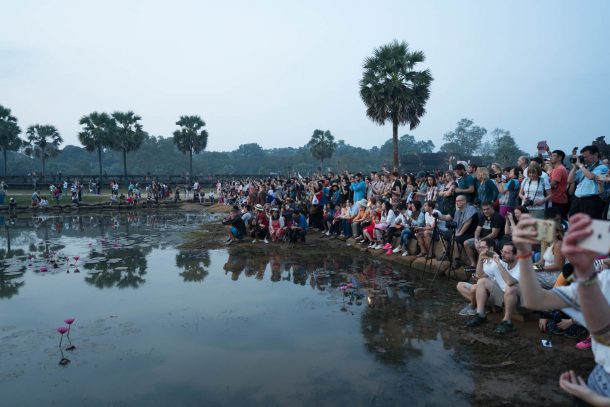
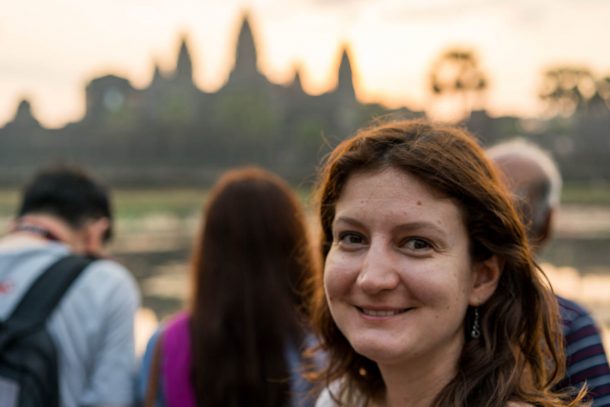
Since the tickets allow multiple entries to the temples, we went back to Angkor Wat in the afternoon and saw it in the sunset light too, something that is also worth doing if you have the time.
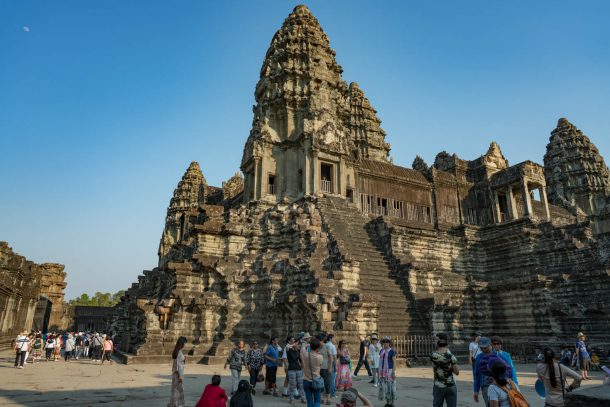
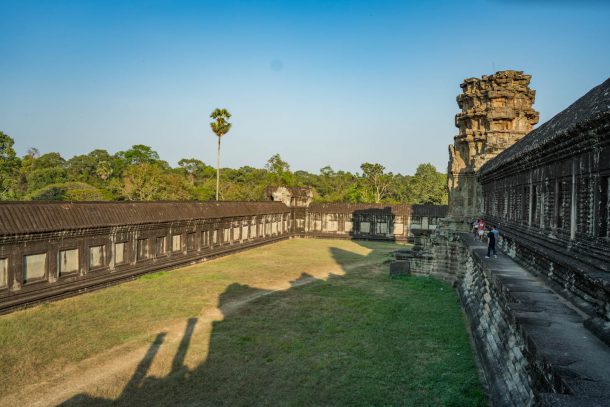
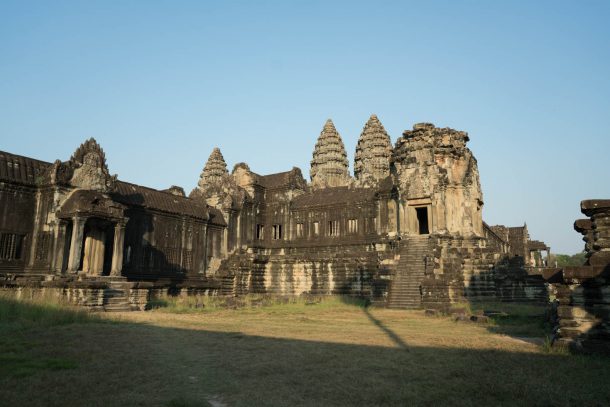
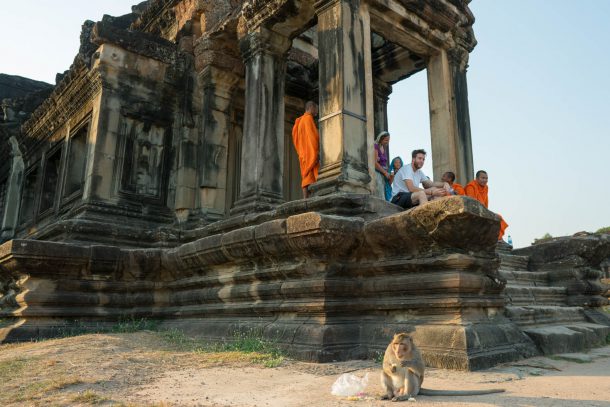
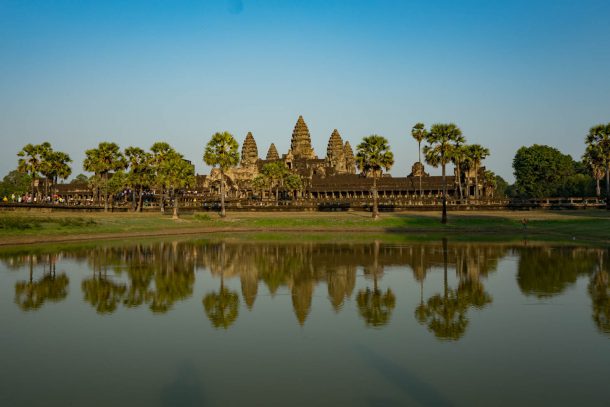
There is a whole complex of old Khmer temples close to Siem Reap. Angkor Wat is the biggest and most famous, but the others are also each special in their own way. All temples were built between the 9th and the 13th century. There are so many temples to see, that they are divided into the so-called small and big circuits. Each of these 2 circuits takes you about a day to do. The small circuit contains the 3 “most important” temples, and these are the ones that most tourists visit and where the big tour buses go. The big circuit contains 5 additional temples, which are slightly less populated with tourists. We did the big circuit on our first day in Siem Reap, took a break from seeing temples on the second day to avoid a temple overdose, and then on the third day we did the small circuit.
Although it doesn’t do the remaining temples justice, I’m grouping them together here. Angkor Wat is in a class of its own due to its size, but the other temples are beautiful too and it would be a huge shame for anyone who comes here to only see Angkor Wat.
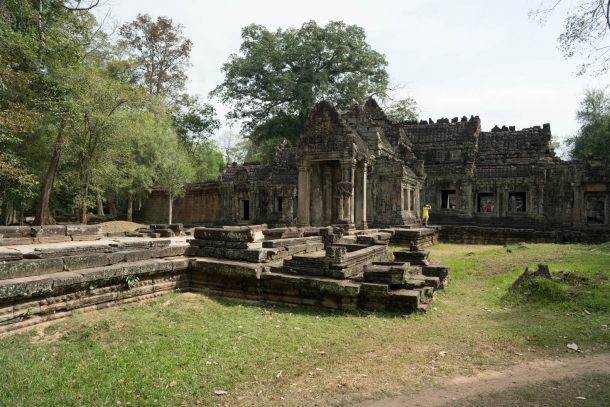

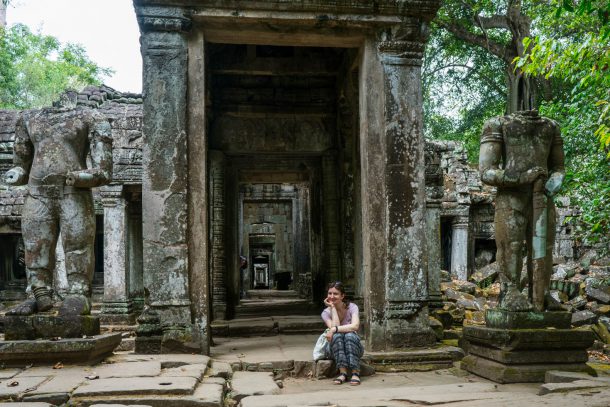
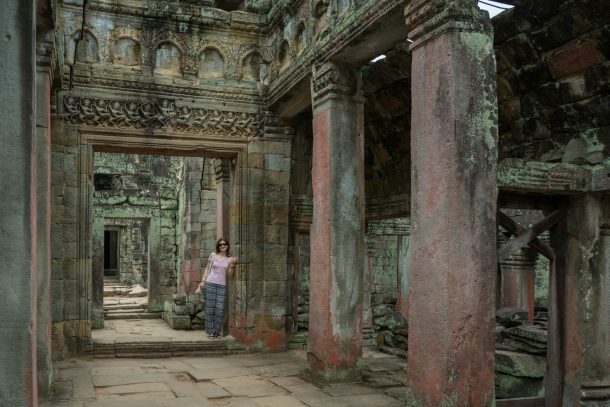
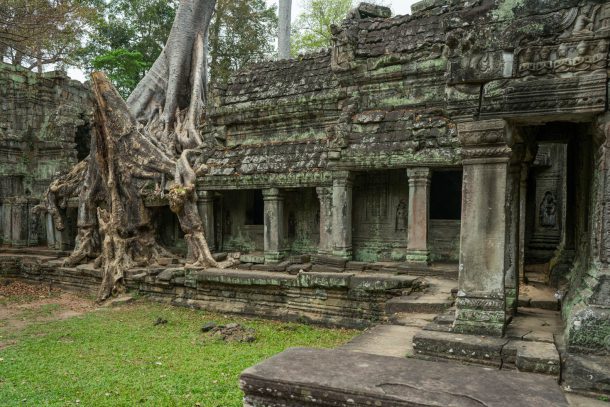
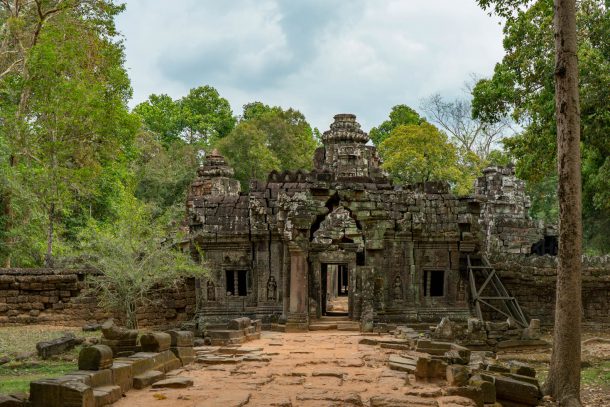
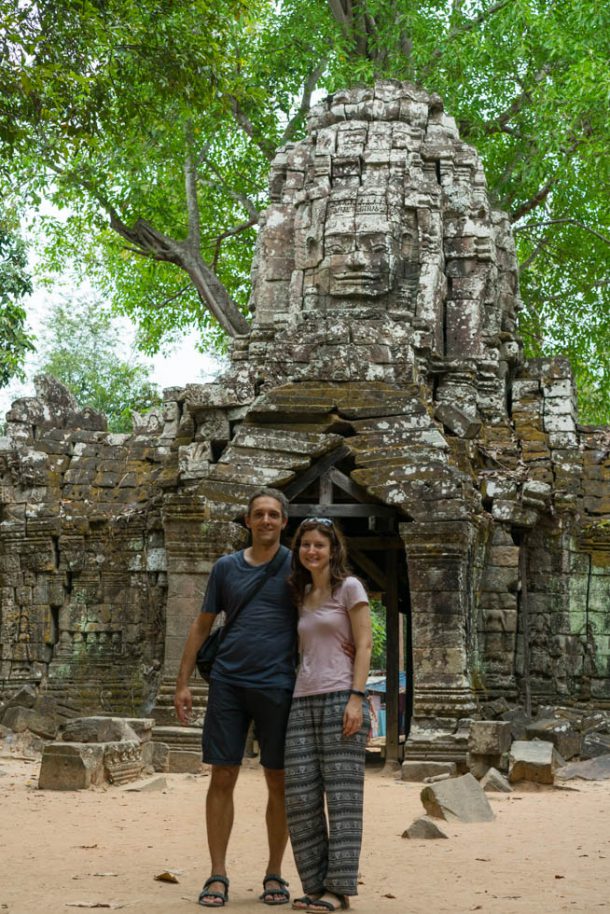
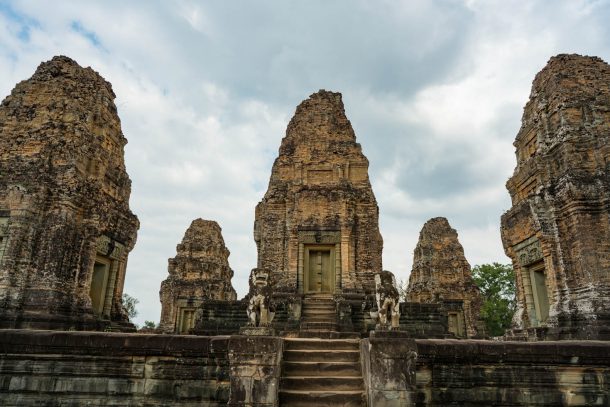
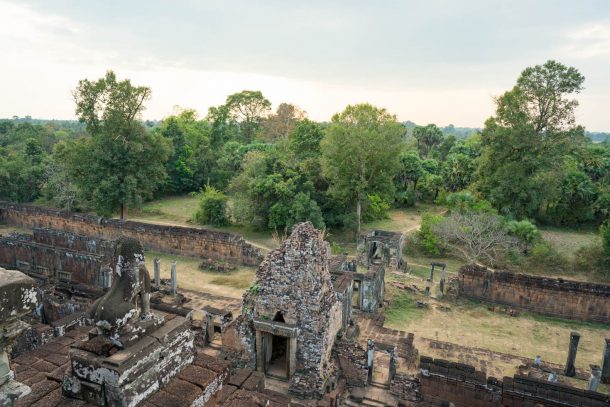
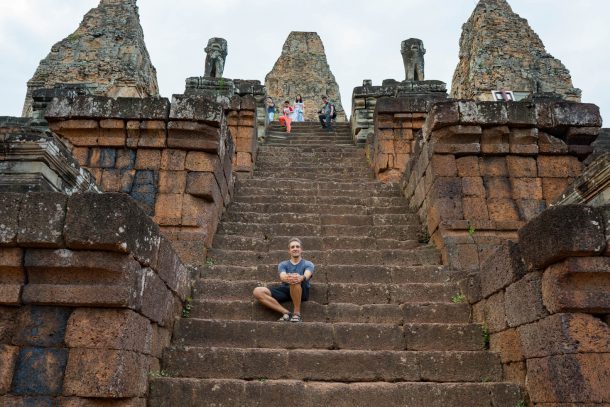
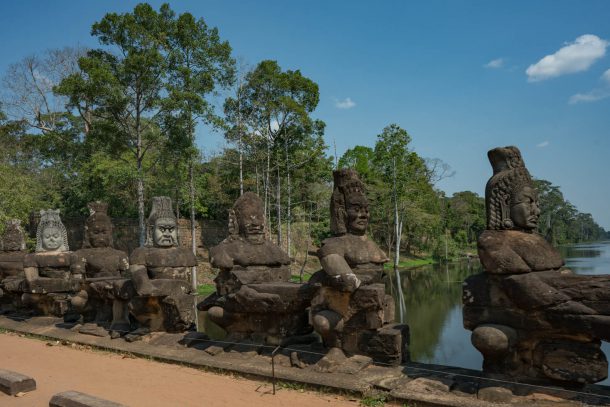

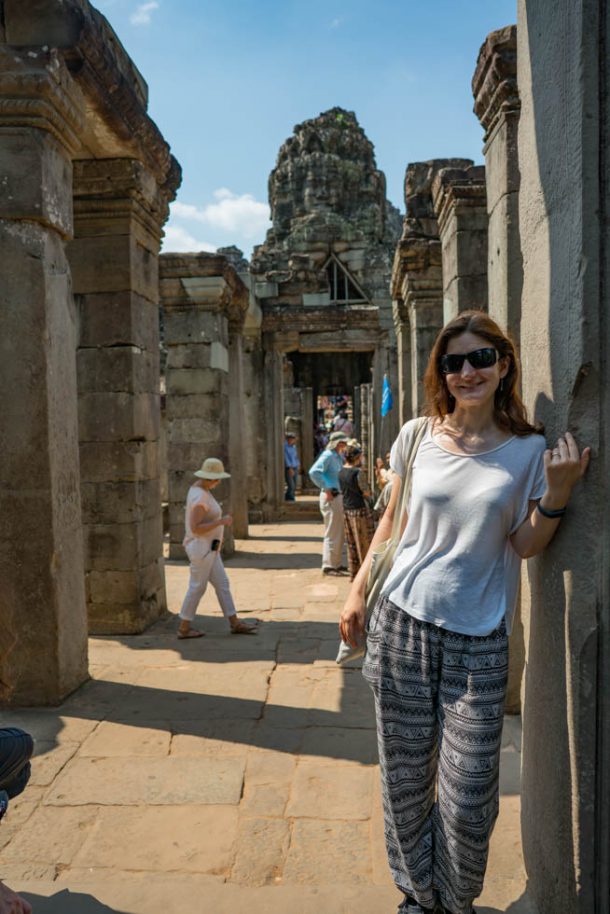
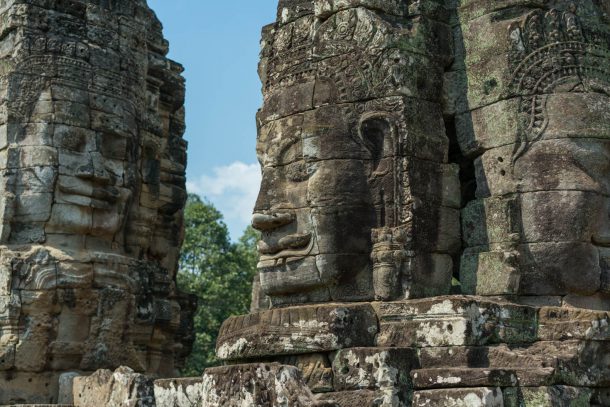
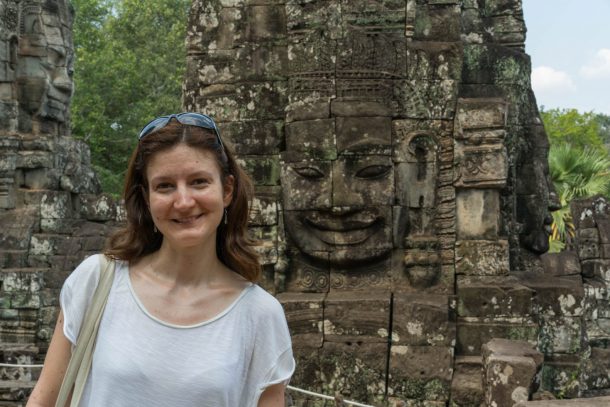
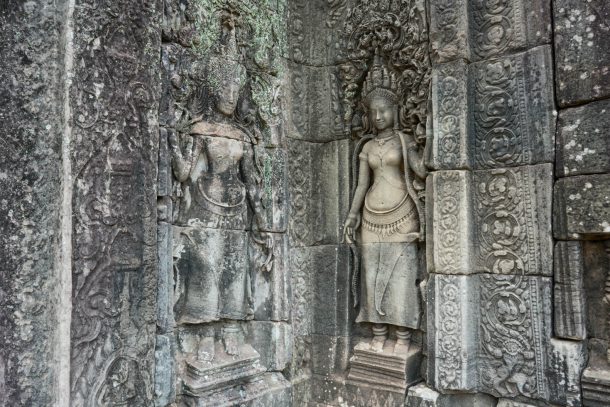
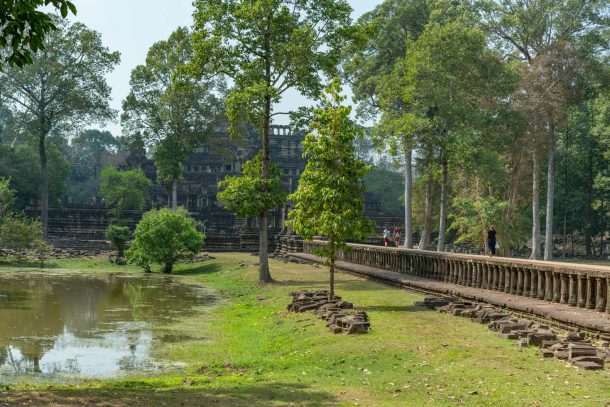
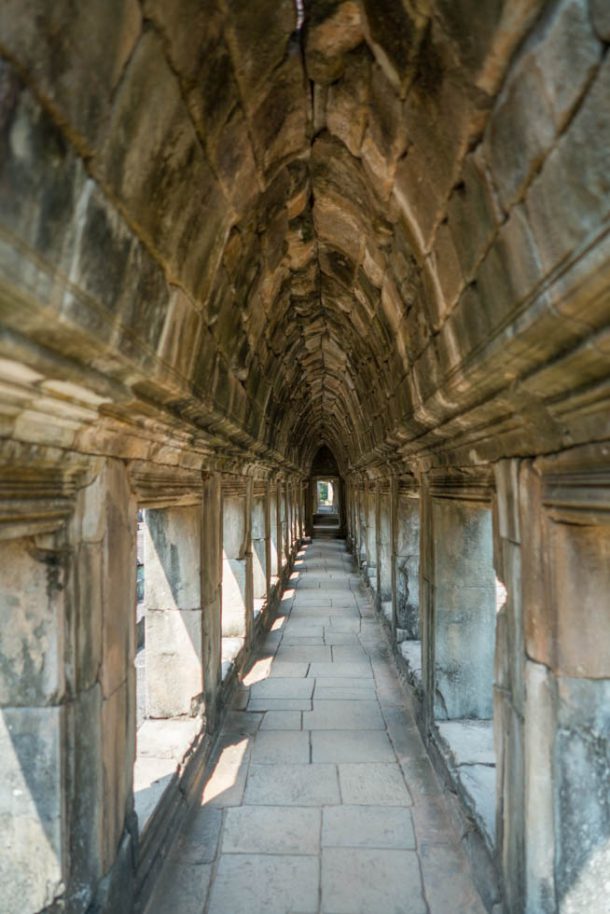
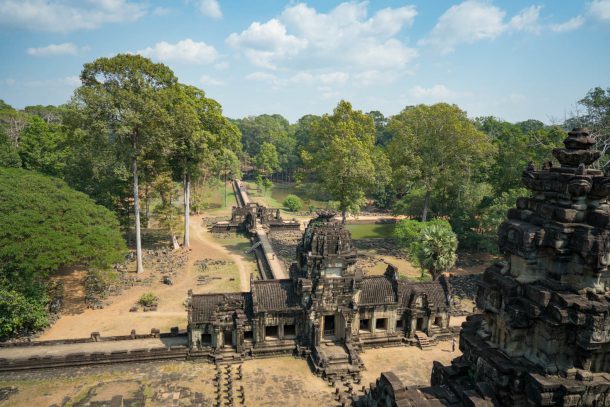

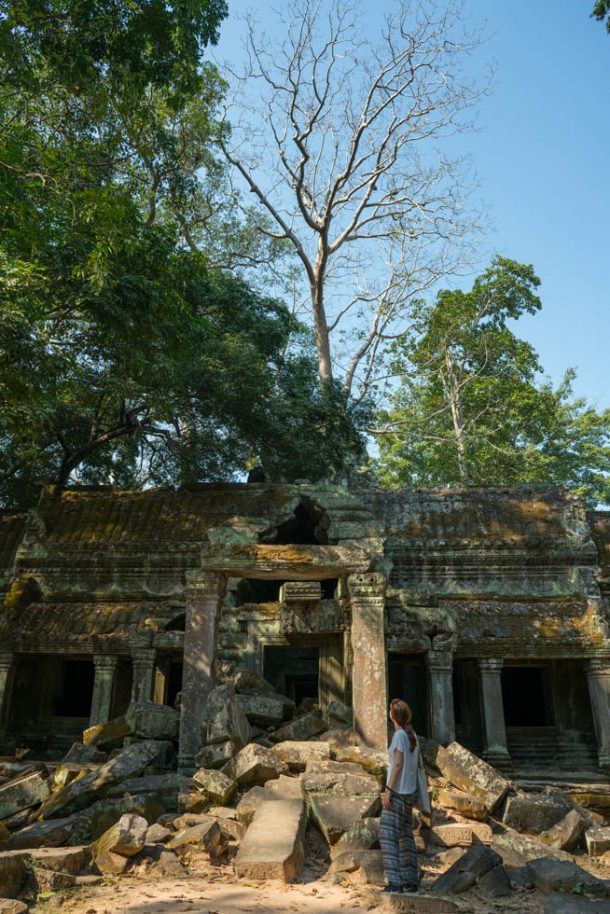


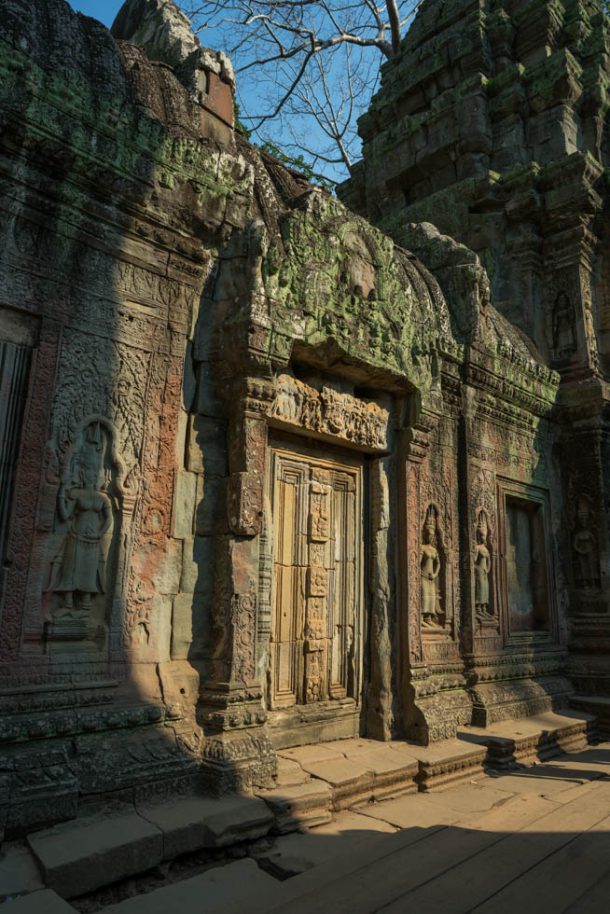
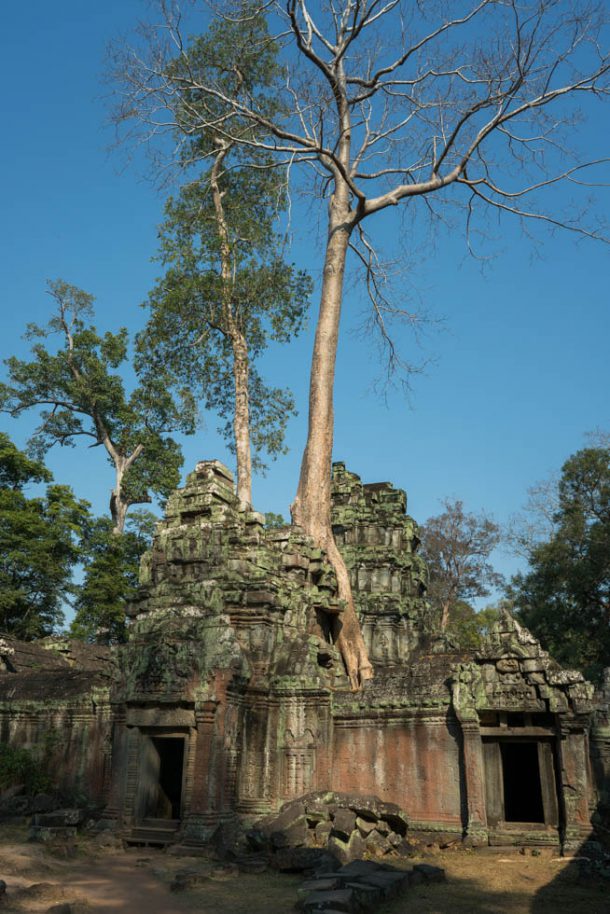
Highs:
Lows:
We’re now moving on to Battambang, another city in Cambodia, about which we’ve read that it’s much less touristic and shows you the real Cambodia, which sounds great to me. I hope it will indeed be as authentic as it promises.
Leave a reply